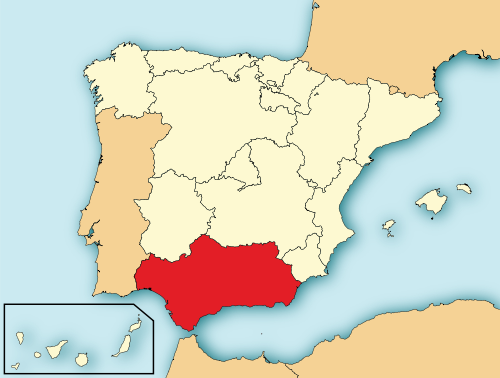The 3 World Heritage Sites of Galicia, Spain
Even if you’re not familiar with the concept of a World Heritage Site, almost all of Spain’s most impressive monuments fall into this category, from the Moorish glories of the Alhambra to Gaudí’s dizzying Sagrada Família. Established by the UN’s Unesco agency in 1972, the World Heritage program recognizes and protects places of outstanding natural or cultural significance, including world-famous places like the Grand Canyon in Arizona but also lesser-known ones like the Chaco Culture ruins in next-door New Mexico. In fact, Spain is home to the third-largest amount of World Heritage Sites in the world, behind only Italy and China, with 44 sites on the list, and the small region of Galicia in the country’s northwest corner lays claim to three of those. Now, in my highly-biased opinion (having lived there for two years) I think there ought to be a few more Galician sites selected, from the monasteries and vineyards that perch along the Ribeira Sacra canyon to Atlantic islands like the ...

